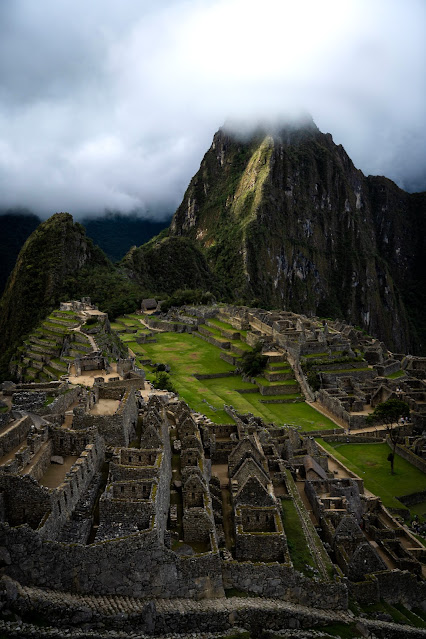Machu Picchu

Exploring Machu Picchu has been on my list for many years. This year I finally made it down to Peru and got to experience this incredible ancient wonder. From the town of Ollantaytambo, it was a couple hours on the train and then a short bus ride up the mountain to the citadel. Machu Picchu is a 15th-century Inca citadel, located in the Eastern Cordillera of southern Peru, on a 2,430-metre mountain ridge.] It is located in the Machupicchu District within Urubamba Province above the Sacred Valley, which is 80 kilometres northwest of Cuzco. The Urubamba River flows past it, cutting through the Cordillera and creating a canyon with a tropical mountain climate. The place was definitely crowded but still worth the visit. Incredible views of the surrounding mountains and valleys below. At every turn, there was something new and interesting. In the older sections, the stones fit together with such precision, it was unbelievable. The main city gate of Machu Picchu

